
 Instagram
Instagram
Related products
Pumice Stone: Benefits and How to Use

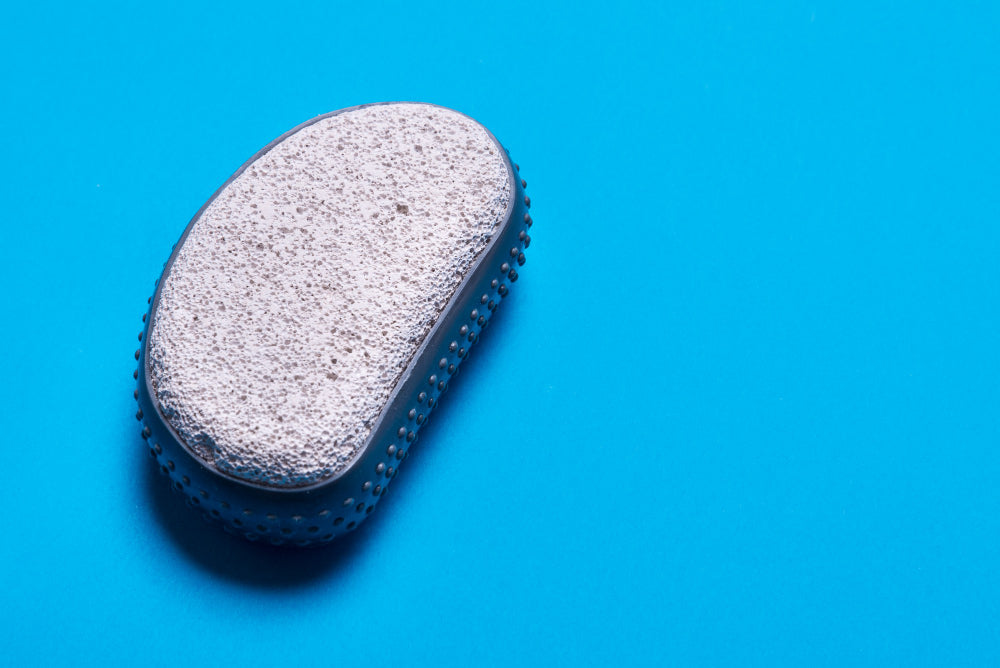
Related products
Pumice stones are a type of volcanic rock used extensively in dermatological and beauty applications. They are valued for their abrasiveness, which makes them good exfoliants. Dr Samantha Brown, a skin specialist at the London Skin Clinic explains that “pumice stones are specifically helpful in getting rid of dead skin cells and calluses especially found on feet and hands.”

What are the Benefits of Using Pumice Stones?
The benefits of using pumice stones include effective exfoliation by removing dead skin cells, improving skin texture, particularly on rough areas like feet, elbows, and knees, and offering a natural, cost-effective solution for maintaining smooth and healthy skin. Regular use can reduce the occurrence of calluses and conditions like plantar hyperkeratosis, providing an affordable and sustainable option for skin care. For more solutions to body exfoliation, you can also explore options available in the skin care collection.
Exfoliation and Callus Removal
The main purpose of pumice stones is to enable exfoliation to take place. This helps in getting rid of dead cells that can lead to conditions like cracked heels and calluses. A study published in the Journal of Dermatology showed that regular use of pumice stones can reduce the incidence rate of plantar hyperkeratosis by 50%. Pumice stones’ abrasive texture allows them to remove the outermost layer of dead skin gently making it more radiant and healthier.
Improvement in Skin Texture
Skin texture can be made better by using pumice stones. Dermatologists advise patients with rough areas like knees and elbows to use these gadgets. “Regular usage of pumice stone improves significantly one’s skin smoothness by eradicating all uneven patches on the body as well as decreasing thickness,” notes Dr Michael Stevens, a dermatology consultant. A high-quality option like the Natural Pumice Stone Black with Rope (1 Unit) combines practicality with natural effectiveness, ideal for users seeking a minimalist and efficient skincare routine.
Cost-Effective and Natural Solution
Pumice stones are, therefore, relatively cheap for skin care. Whereas most of the commercial exfoliating agents are made of chemicals, pumice stones occur naturally. It is one inexpensive yet effective tool that most people use to maintain good, healthy skin without having to spend too much money. Apart from being cost-effective, the long-term use of up to a few months for pumice stone raises its economic value, especially if properly taken care of.
How to Use Pumice Stones Safely and Effectively?
The following includes the steps to safely and effectively use pumice stones:
Preparation of the Skin
Before using a pumice stone, one must necessarily prepare the skin by soaking that area in warm water for about 10-15 minutes to soften the skin. After doing this, it becomes easy to remove dead skin cells. Frequently, soaking is enhanced with a mild soap added to the water. According to Dr. Brown, "Ensure the skin is softened enough to avoid unnecessary abrasion and possible damage to the skin."
Application Technique
The proper technique is essential in having a safe and effective result from the pumice stone. Grasp the stone firmly, exert light pressure, and make circular or scanning motions along the area of interest. Be careful not to bear down on the skin with excessive pressure to avoid irritation or injury. According to Dr Stevens, "Always start with gentle pressure and gradually increase it only if necessary. You want to exfoliate your skin, not cause abrasions."
Post-Use Care
After using a pumice stone, the skin should always be washed and a moisturizer applied to prevent the new skin from drying out. Also, it is advised to clean the pumice stone after every use in soap and water; this is important to cleanse the build-up of skin particles, then let it dry to prevent bacterial inhabitation of the stone. Let it dry and then store it in a dry place. For other options find out more on The Best Body Scrubs for Smooth, Glowing Skin
People Also Ask
What is the pumice stone used for?
Pumice stones are used for exfoliating dead skin cells and removing calluses, particularly on the feet and hands.
Do you have to wet a pumice stone before using?
Yes, you need to wet a pumice stone before using it to soften the stone and the skin, reducing the risk of irritation.
How to use a pumice stone on a toilet?
To use a pumice stone on a toilet, wet the stone and gently scrub the stains and mineral deposits inside the bowl, then rinse thoroughly.
What are pumice made of?
Pumice stones are made of volcanic rock, formed when lava cools rapidly and traps gas bubbles, creating a light, porous texture.
Conclusion
Pumice stones present a practical and cheap method for skin exfoliation and callus removal. Their innate abrasiveness gives them great utility in retexturing the skin or simply for maintaining overall health regarding the feet. Proper methods of use will help the user glean many benefits from an otherwise useful pumice stone, thereby reducing the risk of potential damage to their skin. As one would do with any tool used on the skin, consulting a dermatologist could actually yield specially tailored advice on how to go about its safe use.





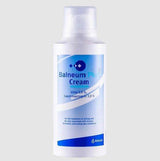




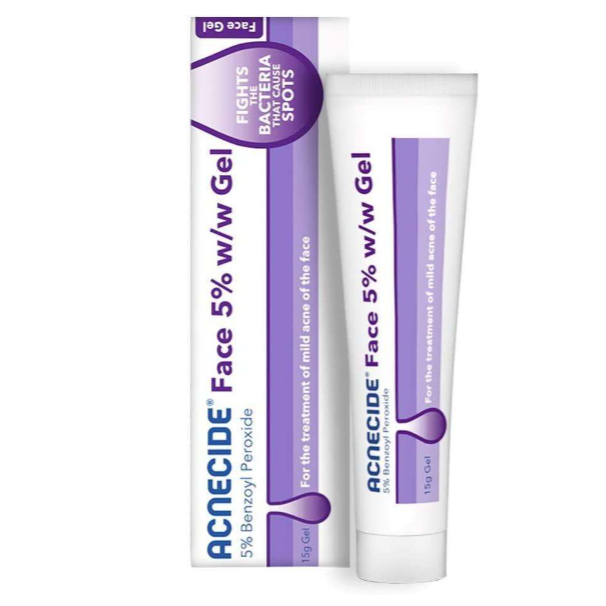






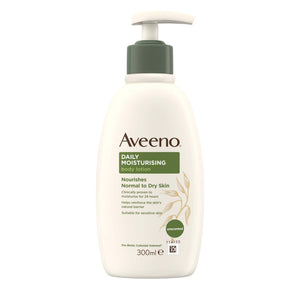





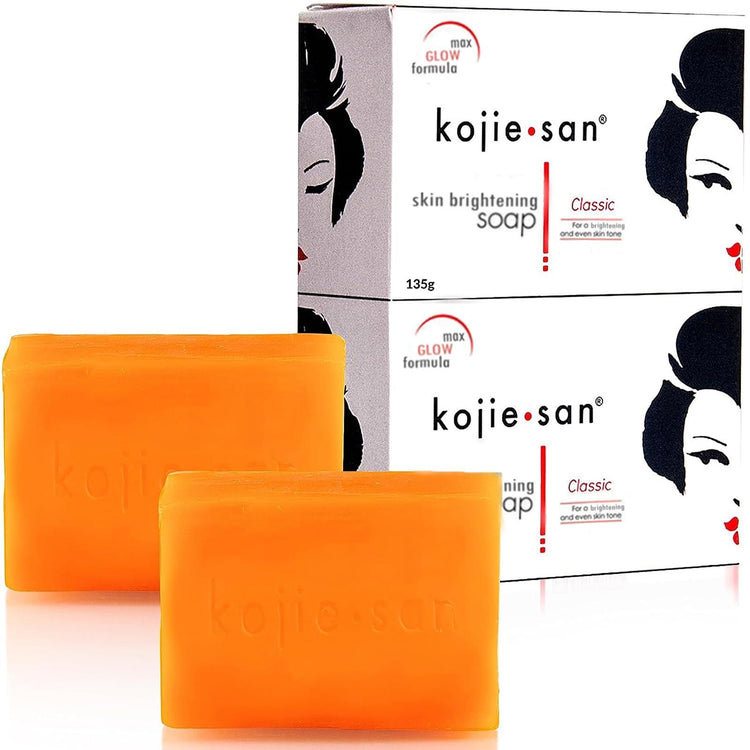


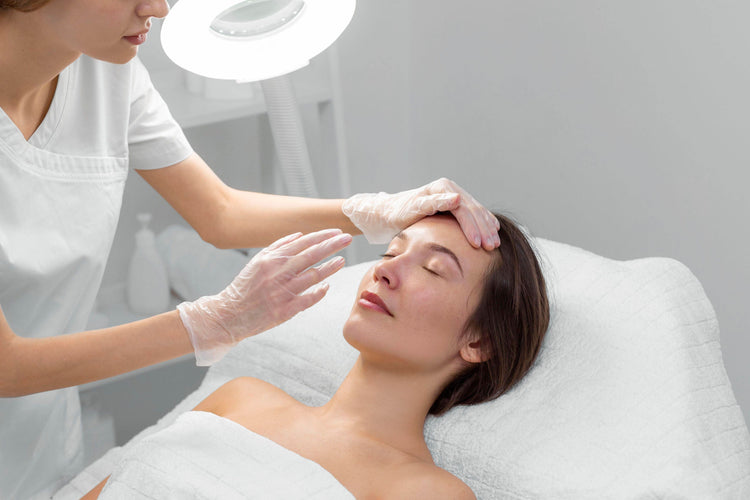
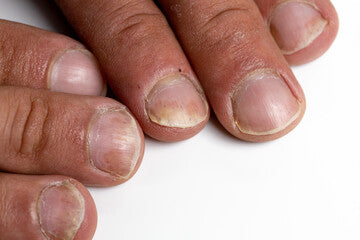
 Rated Excellent by 26,523+ Reviews
Rated Excellent by 26,523+ Reviews